Enjoying crab legs at home has never been easier, and with three foolproof methods—boiling, steaming, or broiling—you can enjoy tender, succulent crab any time. This recipe guarantees perfectly cooked crab legs every time, whether you’re using snow crab, king crab, or Dungeness crab. Serve it the classic way with melted butter, a sprinkle of Old Bay seasoning, and a fresh squeeze of lemon.
For more easy seafood recipes, learn how to broil lobster tails or how to cook scallops.
Why Our Recipe
- Three easy methods for cooking crab legs—boiling, steaming, and broiling.
- Served with the classics: melted butter, Old Bay seasoning, and fresh lemon.
- Works with snow crab, king crab, and Dungeness crab.
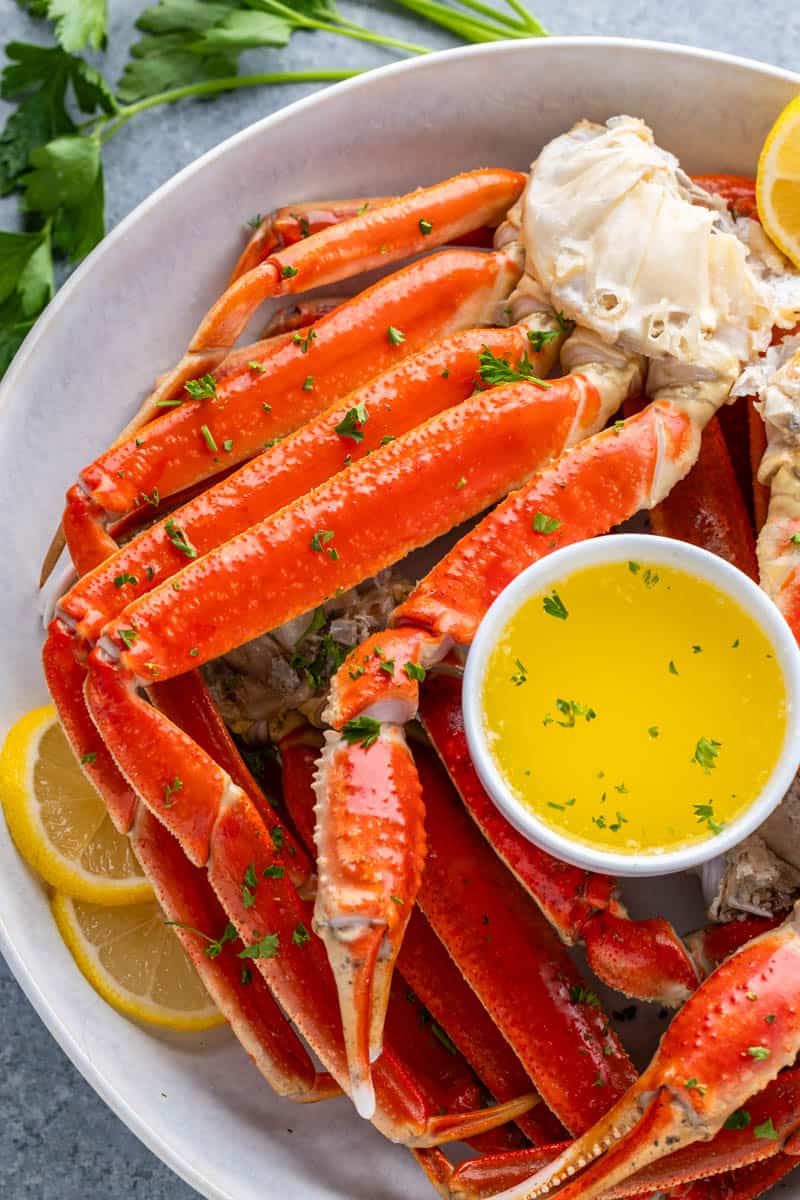
No need for a fancy seafood restaurant or steakhouse to enjoy crab. Cooking them at home is not only more affordable but also surprisingly quick and easy. With just a few ingredients and a little know-how, you’ll be serving up restaurant-quality crab legs that the whole family will love.
Ingredient Notes
- Snow Crab Legs: This recipe uses about 1 pound (2 clusters). King crab or Dungeness crab legs can also be used—adjust the cooking time slightly as king crab legs are larger.
- Salted Butter: Melted butter is perfect for dipping. If you prefer unsalted butter, you can add a pinch of salt for flavor.
- Old Bay Seasoning: A seafood classic! If you don’t have Old Bay, try Cajun seasoning for a spicier kick.
- Lemon: Fresh lemon wedges are a must for serving with crab legs. Slice them in half lengthwise and then into wedges.
Fresh or Frozen
Unless you live near the ocean, crab legs are typically sold frozen. Don’t worry—crab legs freeze well and retain their flavor. Look for crab legs that are frozen solid without ice crystals or freezer burn.
Thaw frozen crab legs overnight in the refrigerator for the best results. You can also thaw them quickly by placing the crab legs in a sealed bag under cold running water for about 30 minutes.
Choosing Crab Legs
Most crab legs are sold pre-cooked and frozen so you are really only reheating them. Double-check the label.
Snow Crab Legs: Known for their long, slender appearance and sweet, delicate meat. These are easy to crack and great for beginners.
King Crab Legs: These are the giant ones you see at the store. Larger and meatier with a rich, succulent flavor.
Dungeness Crab Legs: A West Coast favorite with a buttery flavor and slightly firmer texture.
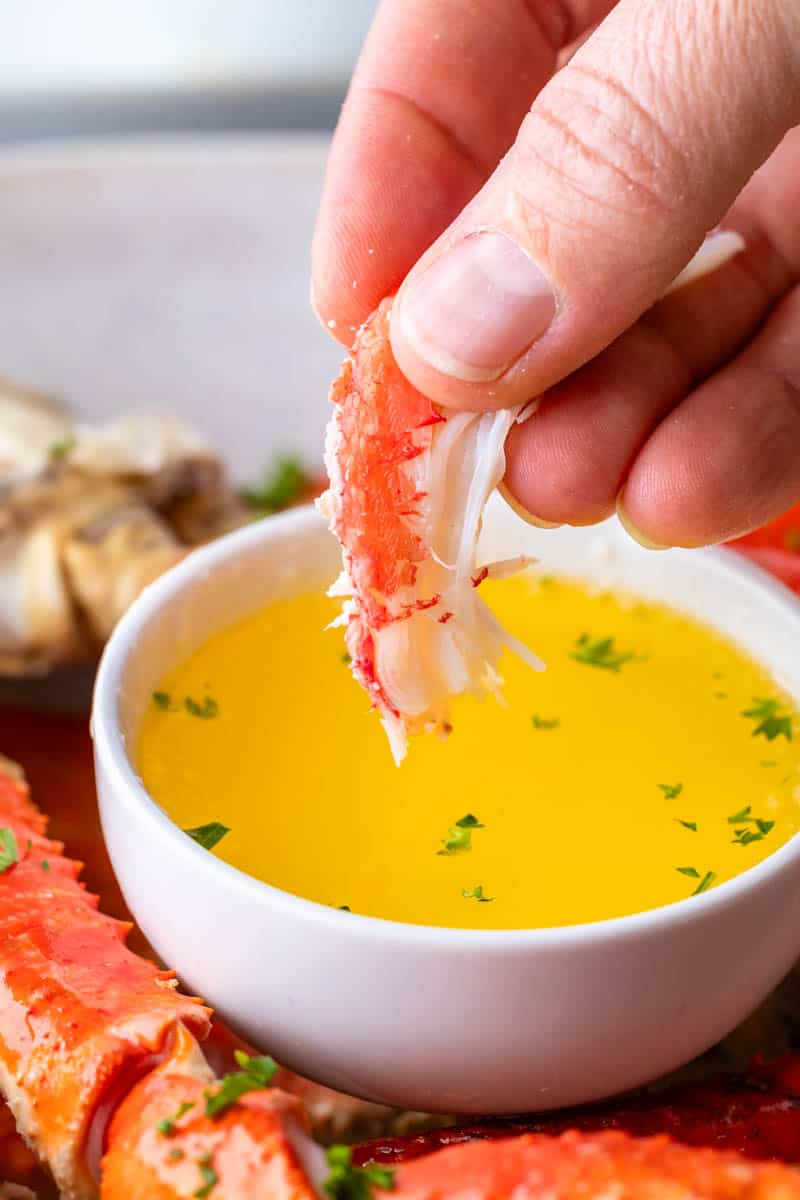
Cracking Crab Legs
Tools: Seafood crackers or nutcrackers are perfect for breaking through the tough shells without crushing the meat inside. Kitchen shears are also a helpful option for larger crab legs. You’ll also want a small fork or seafood pick for extracting all of the meats.
Break the Crab Leg into Sections: Gently twist the crab leg at the joints to separate it into smaller sections.
Crack the Shell: Use a seafood cracker to gently crack the shell lengthwise. For larger, tougher shells (like king crab), use kitchen shears to snip along the shell for easy access.
Extract the Meat: Use a small fork or seafood pick to carefully pull out the meat. For snow crab, the meat often slides right out if you gently bend and pull the shell apart.
Don’t Forget the Knuckles: The joints (knuckles) are packed with meat, so use your fork to dig in and get every bite.
Serve and Enjoy: Dip the crab meat into melted butter, sprinkle on Old Bay seasoning, and finish with a squeeze of fresh lemon. It’s that simple!
Serving Suggestions
Crab legs are best served simple. The classic way to enjoy them is with melted butter for dipping and a sprinkle of Old Bay seasoning for a touch of spice. Add fresh lemon wedges on the side for a hit of citrus. A spicy garlic butter or Cajun seasoning blend are also a fun twist.
If you’re looking for a fancy presentation, garnish the platter with fresh parsley or slices of lemon. Serve the crab legs on a large platter, cracked or whole, with seafood tools like crackers and picks nearby to make it easy for everyone to dig in and enjoy.
Storage Instructions
Refrigerate leftovers in an airtight container or tightly wrapped in aluminum foil or plastic wrap. Keep them in the refrigerator for up to 2 days.
More crab recipes…
Watch the video below where Rachel will walk you through every step of this recipe. Sometimes it helps to have a visual, and we’ve always got you covered with our cooking show. You can find the complete collection of recipes on YouTube, our Facebook Page, or right here on our website with their corresponding recipes.
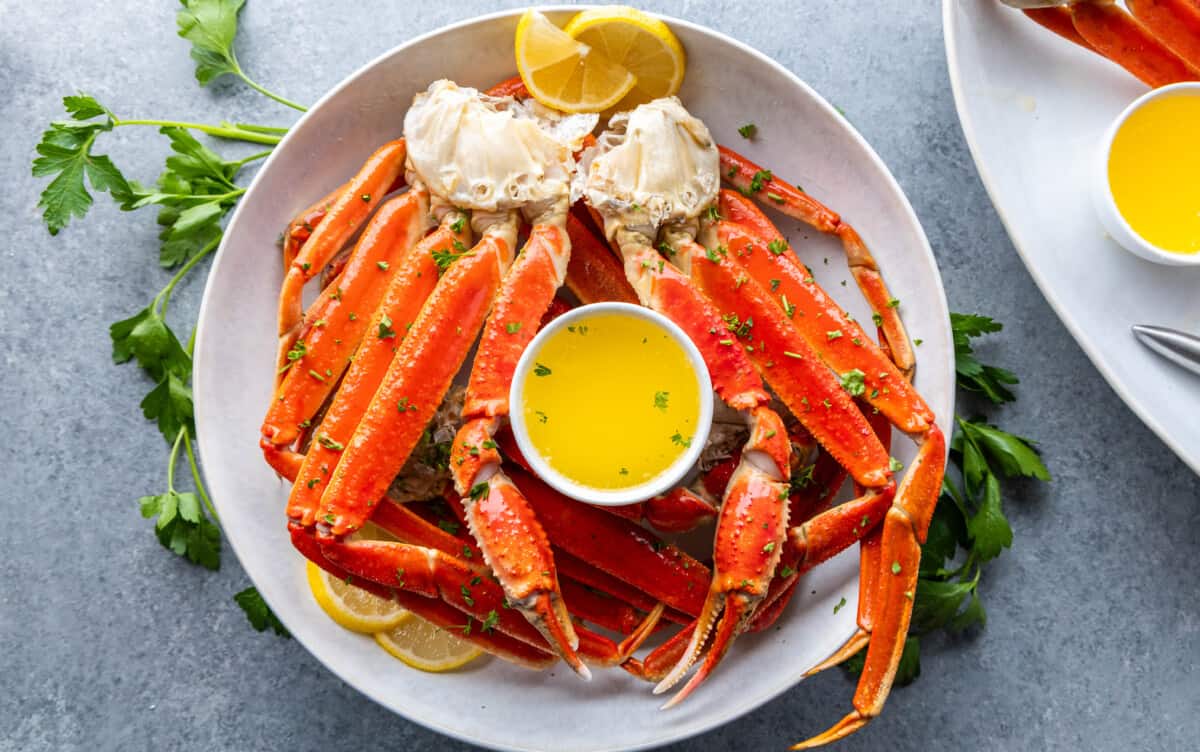

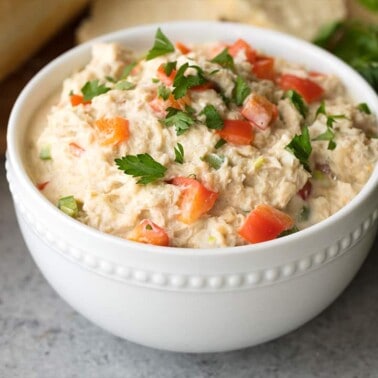

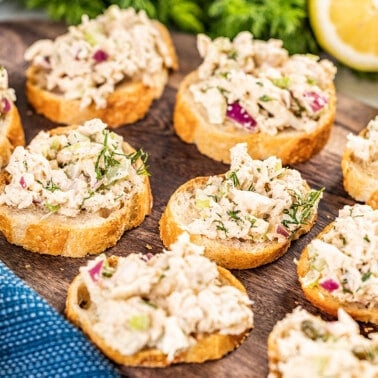

Made these tonight and was very pleased! I had a general idea for how to prepare my crab legs but it happens that it has been a long time since I’ve made them so honestly this was a huge help! Very simple.
OH my god this crab leg is so good oh my- ugh-ngh~!!!!!!!!!!!!!!
These crab legs feel sho good, you were sho righhhhttt nghh…🤤🤤
Yummy!!!!